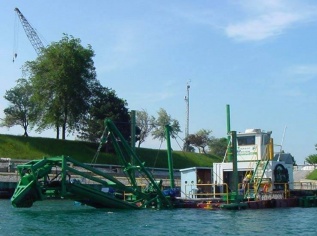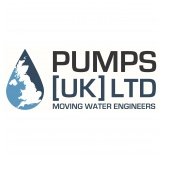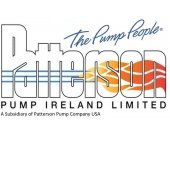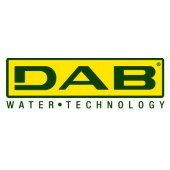Simplifying the intricacies of environmental hydraulic dredging
Environmental hydraulic dredging is a key topic in waterway management, integrating technical procedures and environmental mindfulness. Ben Weinrib, CEO of EDDY Pump Corporation, highlights the significant aspects of turbidity and solid-to-water ratios.
Environmental hydraulic dredging is akin to deploying a hefty underwater vacuum cleaner. Its primary objective is to suction up the sediment that accumulates at the bases of rivers, lakes, and other water bodies. But this isn’t about any sediment; the focus often pivots towards contaminated materials, pollutants that, when disturbed, could adversely impact the aquatic ecosystem and water quality.
This slurped-up material, aptly termed ‘slurry,’ is a concoction of water and solids. It is ferried via pipelines to a predefined destination for effective management and treatment, ensuring that contaminants are safely neutralised.

NAVIGATING THROUGH TURBIDITY
Engage the anchors momentarily and ponder turbidity, a principal aspect of dredging. Imagine shaking a bottle containing a mix of water and sand. The murky, particle-infused water post-shake illustrates turbidity. In dredging, an excess of this can inadvertently circulate pollutants throughout the water, jeopardising ecological stability.
Herein lie the environmental benefits of hydraulic dredging – its ability to maintain calm waters figuratively by ensuring minimal turbidity. Through confined systems for material transport and meticulous operational protocols, contaminants remain where they should – away from the broader water body. Some dredging technology has taken this to the next level by being able to remove solids without any detectable turbidity and, hence, not hurting the surrounding ecology.
STRIKING A BALANCE
With the foundation laid, let’s delve into a crucial element often overshadowed yet paramount – maintaining an optimal solids-to[1]water ratio in the transported slurry.
Firstly, there is a fiscal vantage point. A slurry richer in solids than water equates to lesser volumes requiring treatment. By sheer quantity, this translates into curtailed processing costs, amplifying economic efficiency. It’s analogous to having less volume of a ‘dirty substance’ to clean, requiring fewer resources. While most hydraulic dredging equipment is capable of up to 20% solids to water ratio by volume, new technology is capable of up to 70% solids, which offers a huge benefit to contractors on environmental dredging projects.
But this isn’t purely a financial conversation; it offers environmental benefits. By minimising the water constituents in the transported slurry, hydraulic dredging champions a philosophy of judicious water usage. This ensures we are not indiscriminately extracting water from ecosystems, reinforcing conservation and resource mindfulness principles.
Having unfurled the sails through the conceptual seas of environmental hydraulic dredging, the benefits of curtailing turbidity, and the necessity of a balanced solids-to-water ratio, we are invariably drawn to a crucial realisation. Environmental hydraulic dredging isn’t merely a procedural activity; it’s a testament to the feasible harmonisation of operational imperatives and ecological conservation.
It underscores a practical example where our technological and procedural applications can coexist with and enhance our environmental stewardship. By proactively mitigating turbidity and astutely managing our solids-to-water ratio, we are not simply executing a task; we are consciously facilitating a symbiotic relationship between our operational endeavours and the aquatic environment.
In the grand vista of technological progression and ecological challenges, environmental hydraulic dredging stands out as a lighthouse, guiding us towards a pathway where operational pragmatism and environmental custodianship can sail harmoniously. As we navigate the waters of future projects, our practices may perpetually echo a synergy, ensuring that our aquatic territories remain healthful and our methodologies sustainably pragmatic.
Back to Latest News
3.png&w=170&h=170)



2.jpg&w=170&h=170)





1.png&w=170&h=170)
